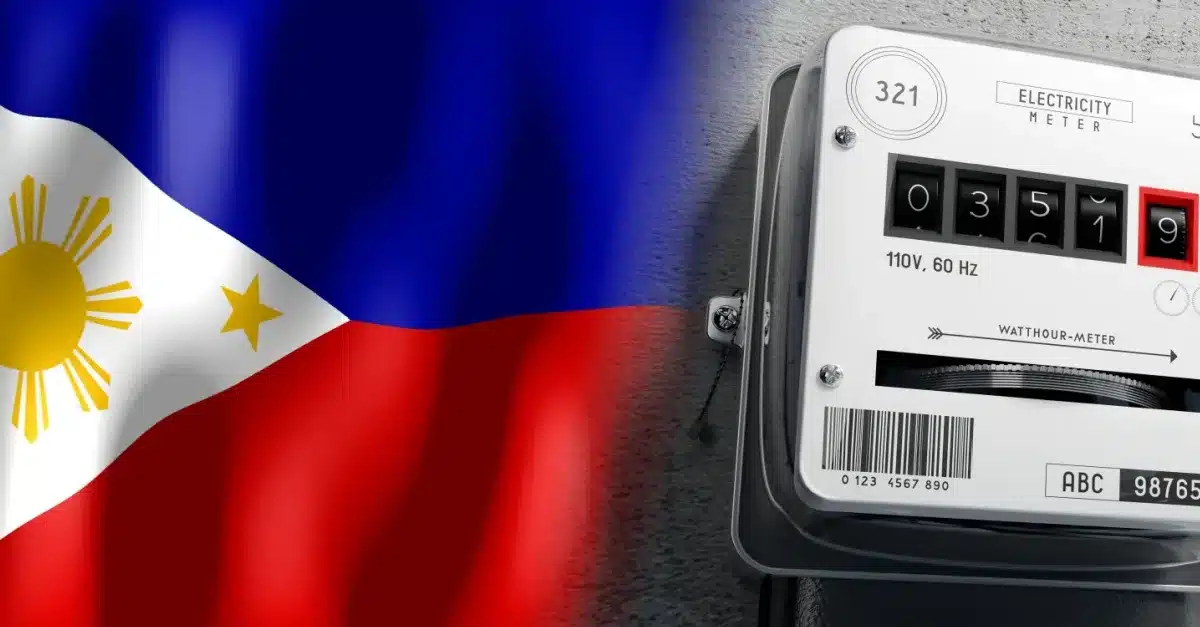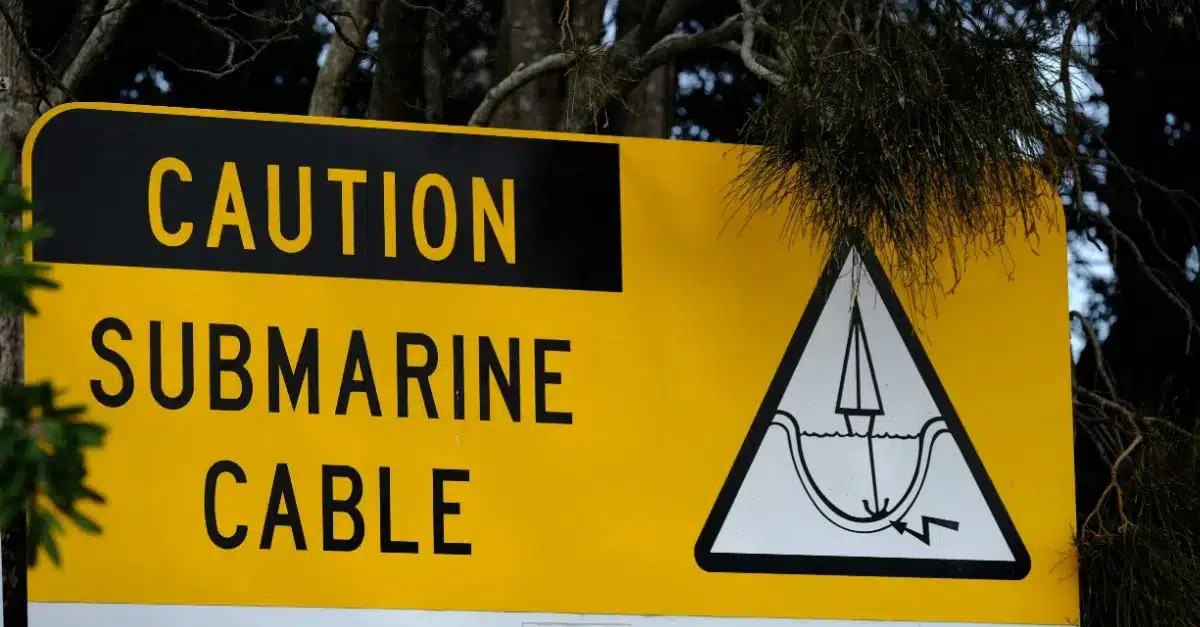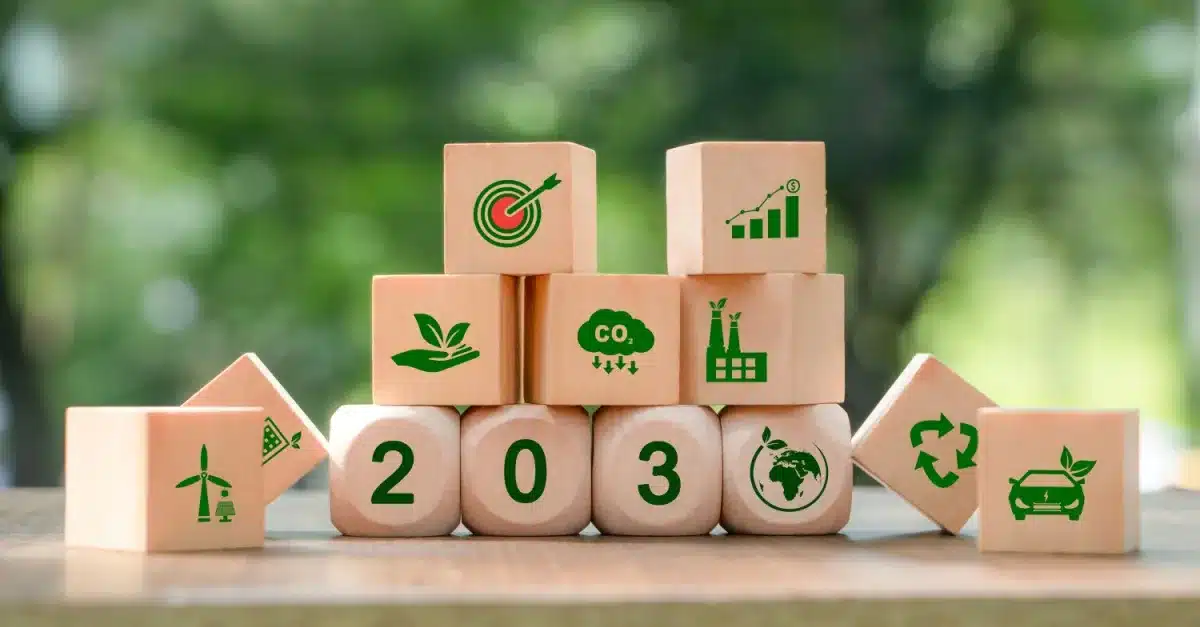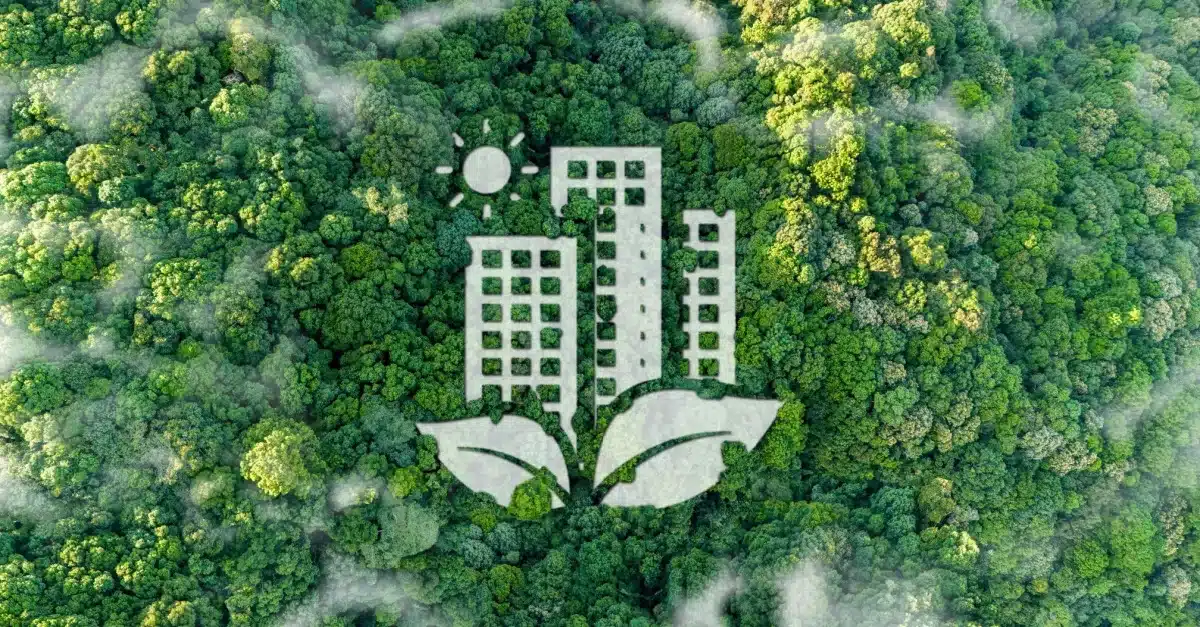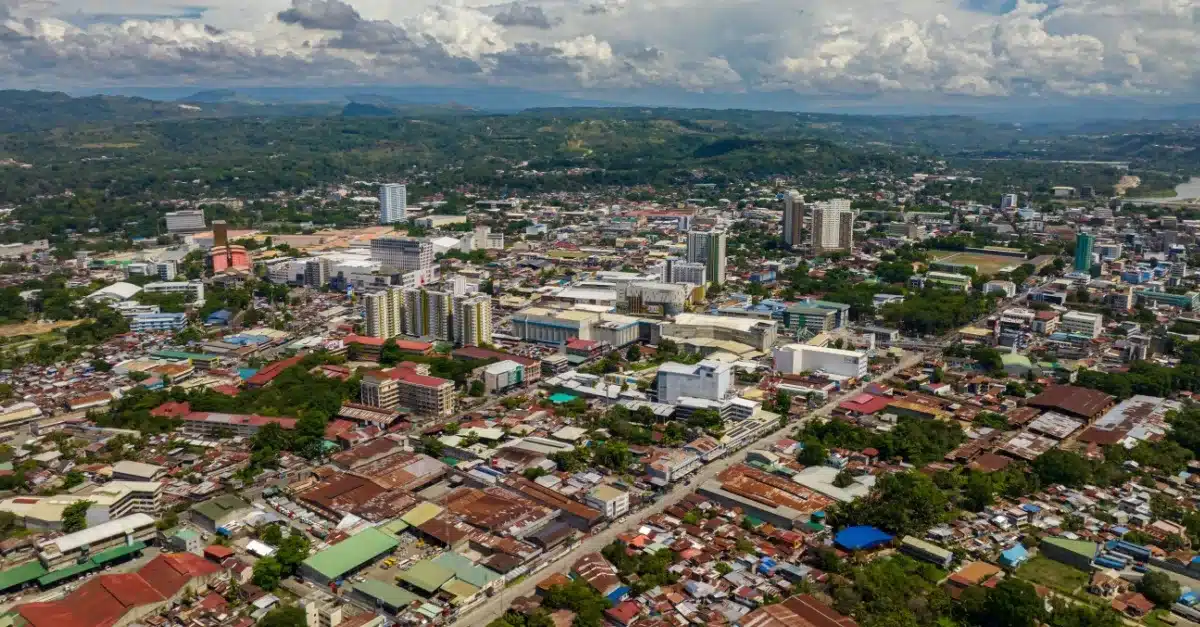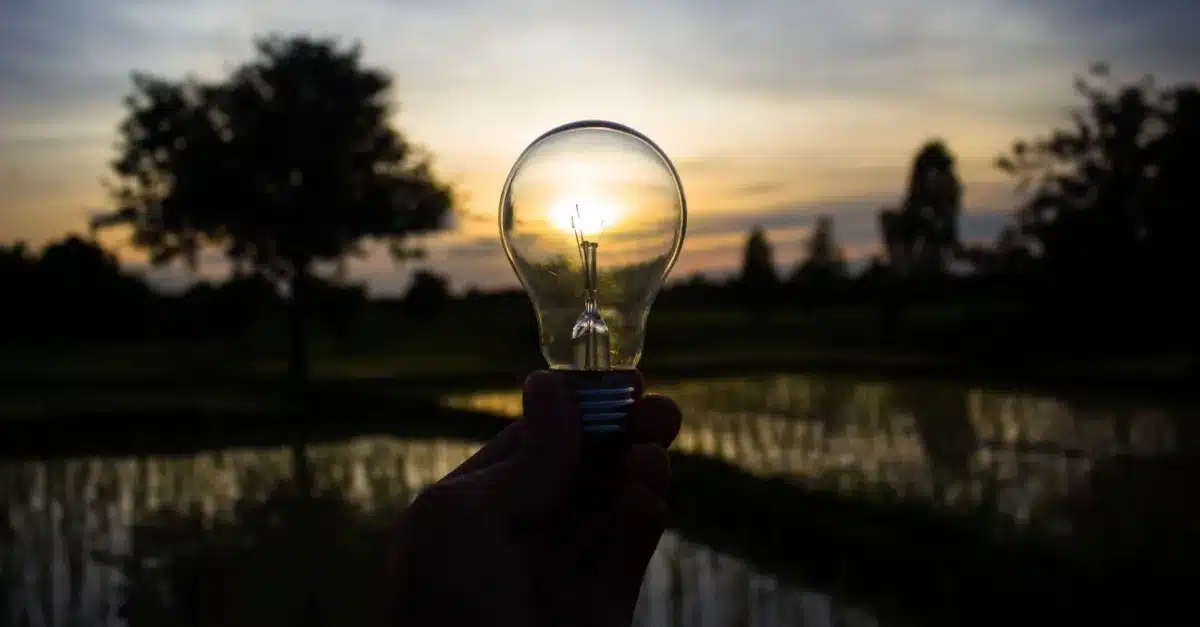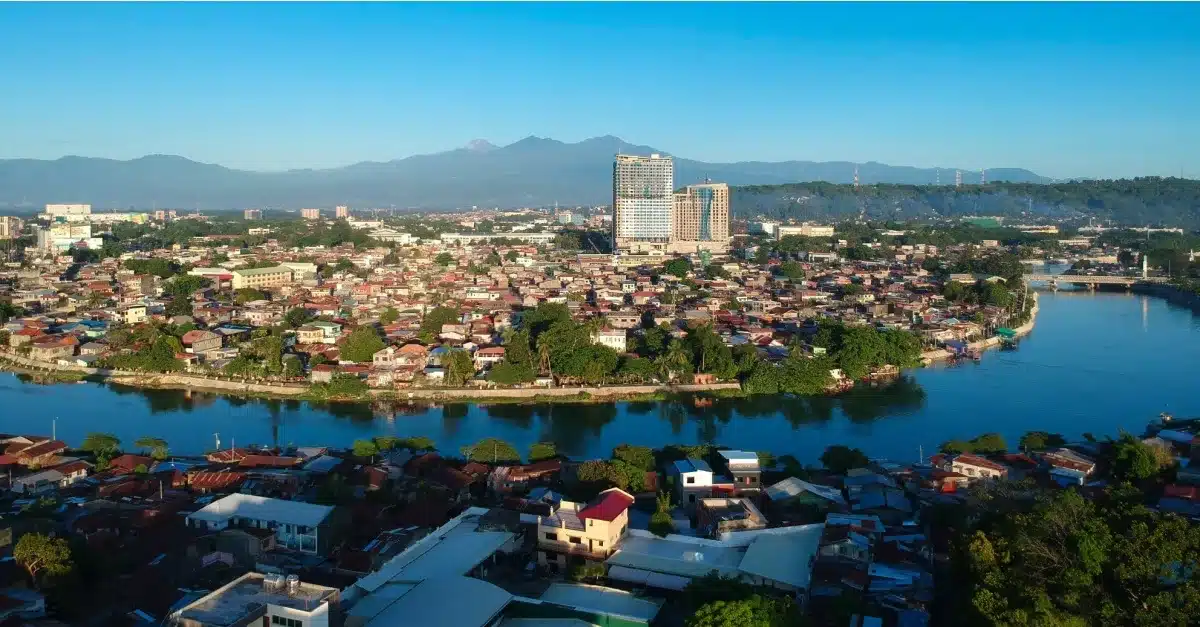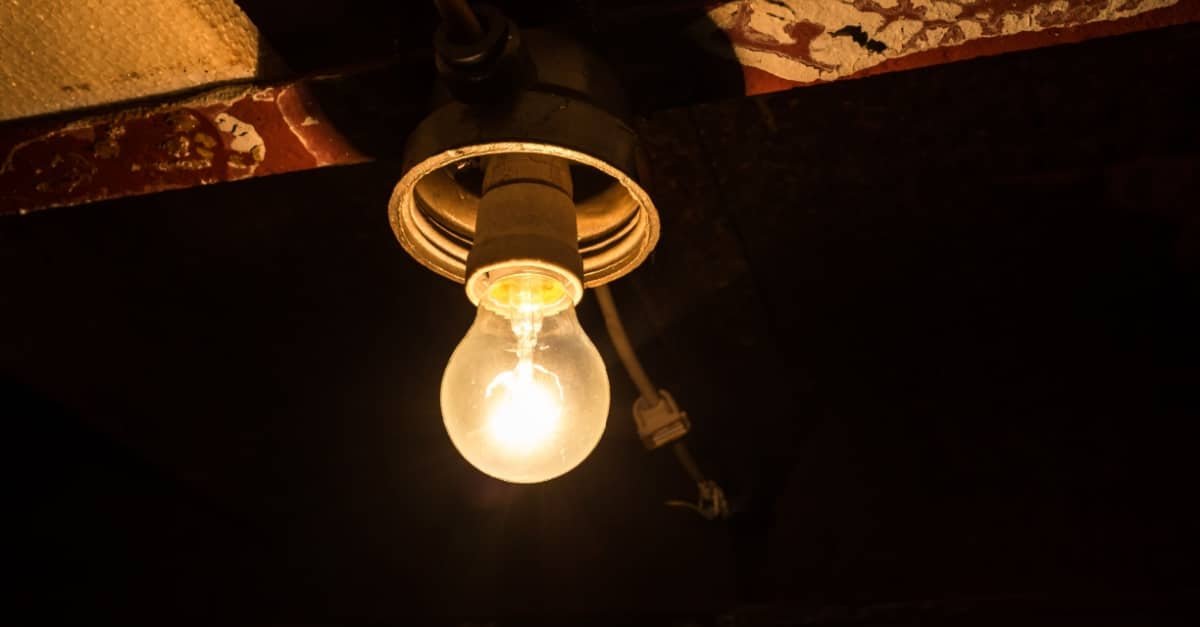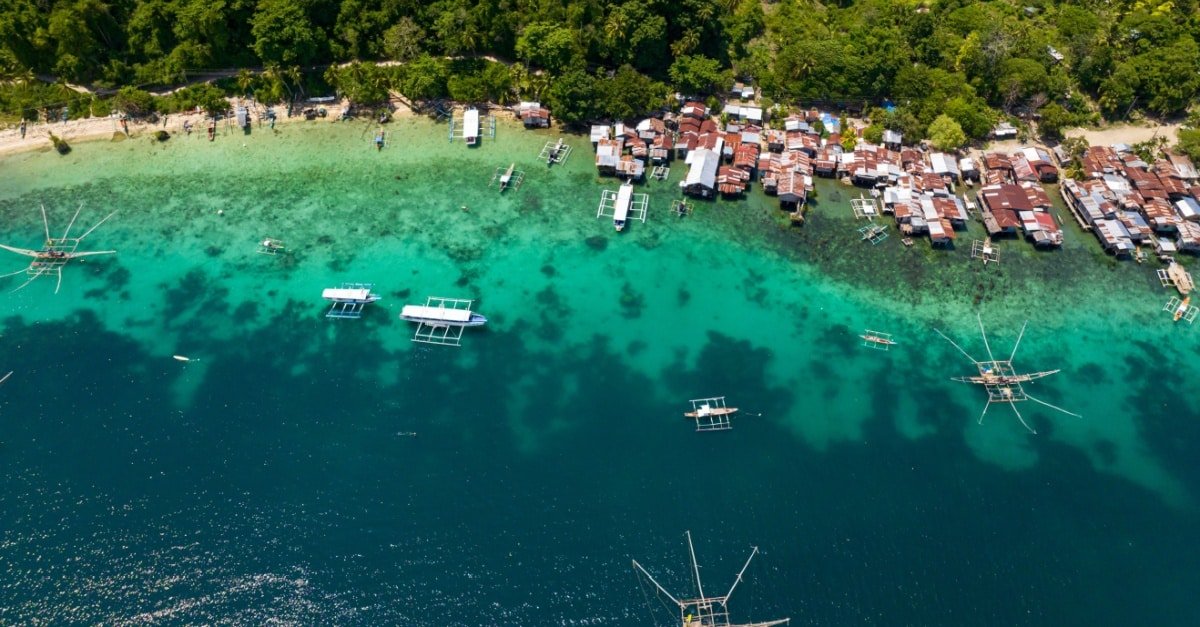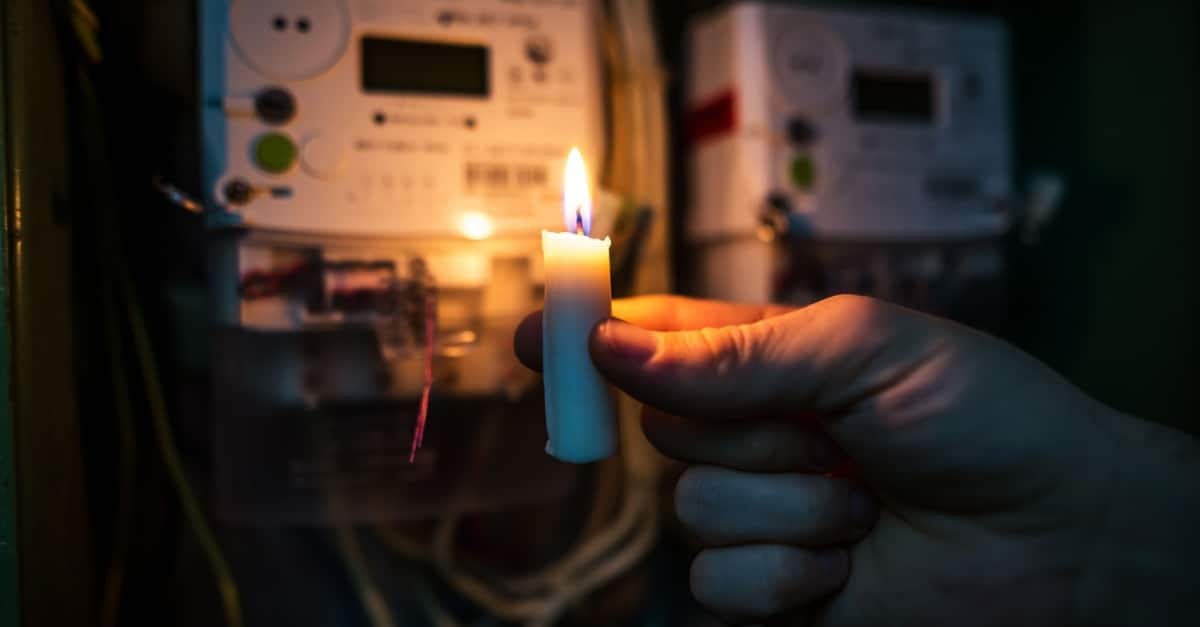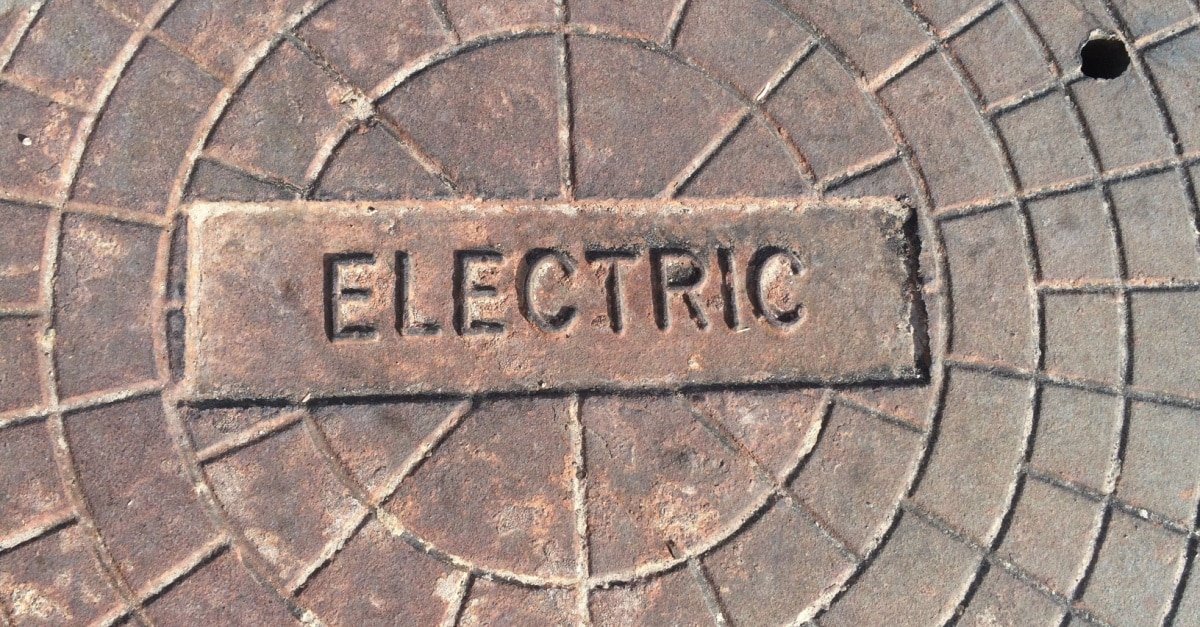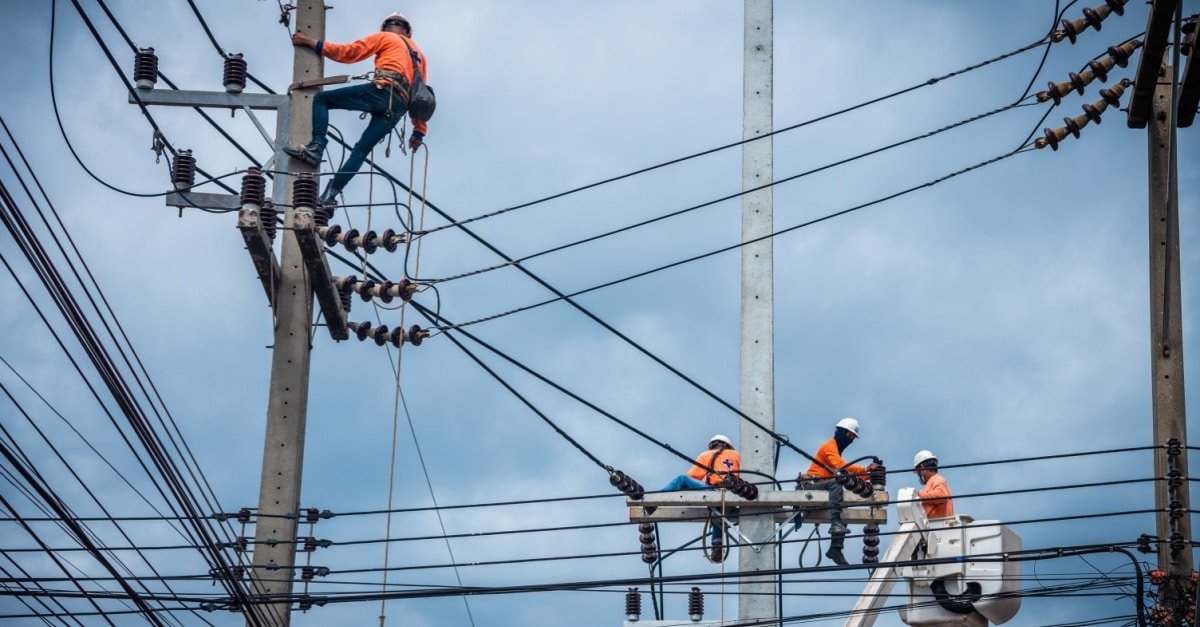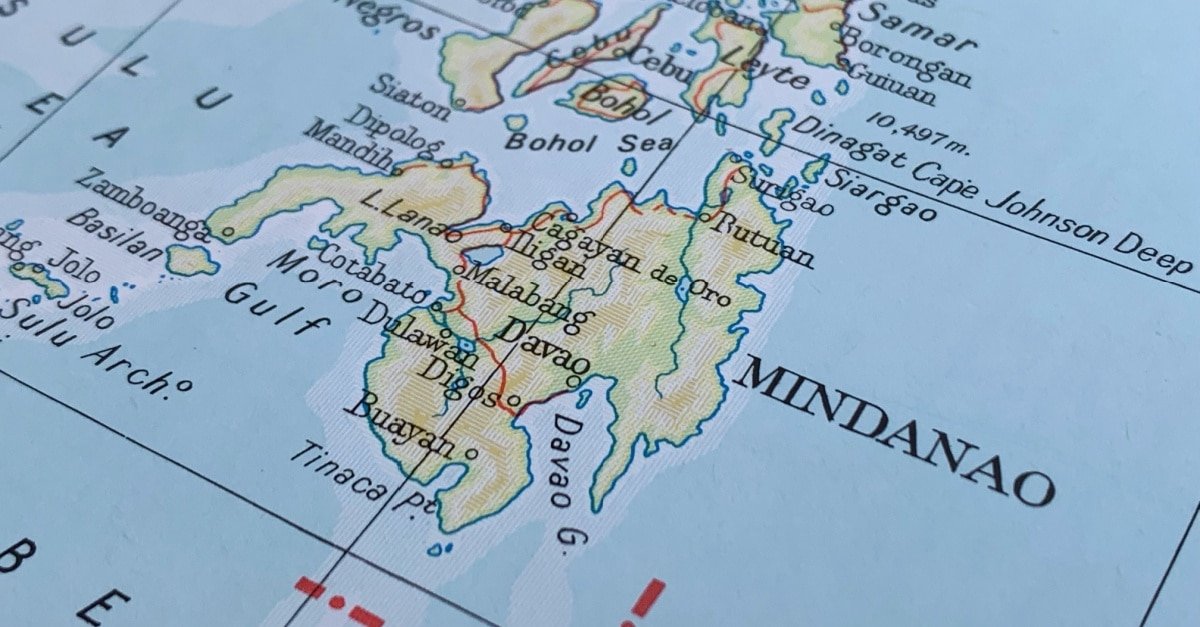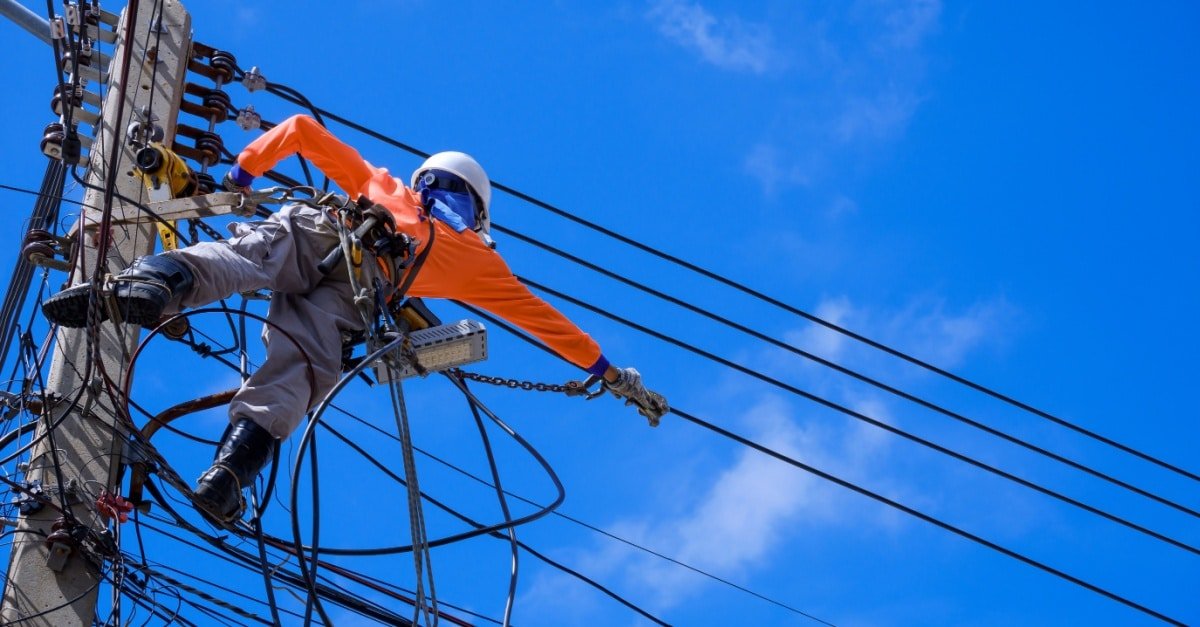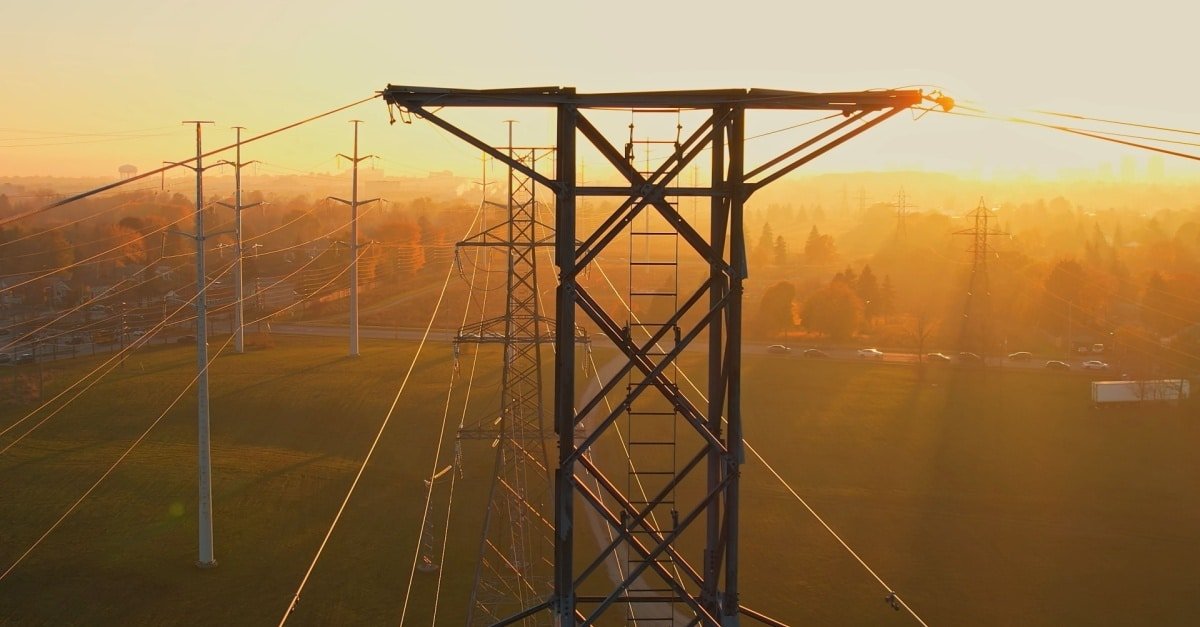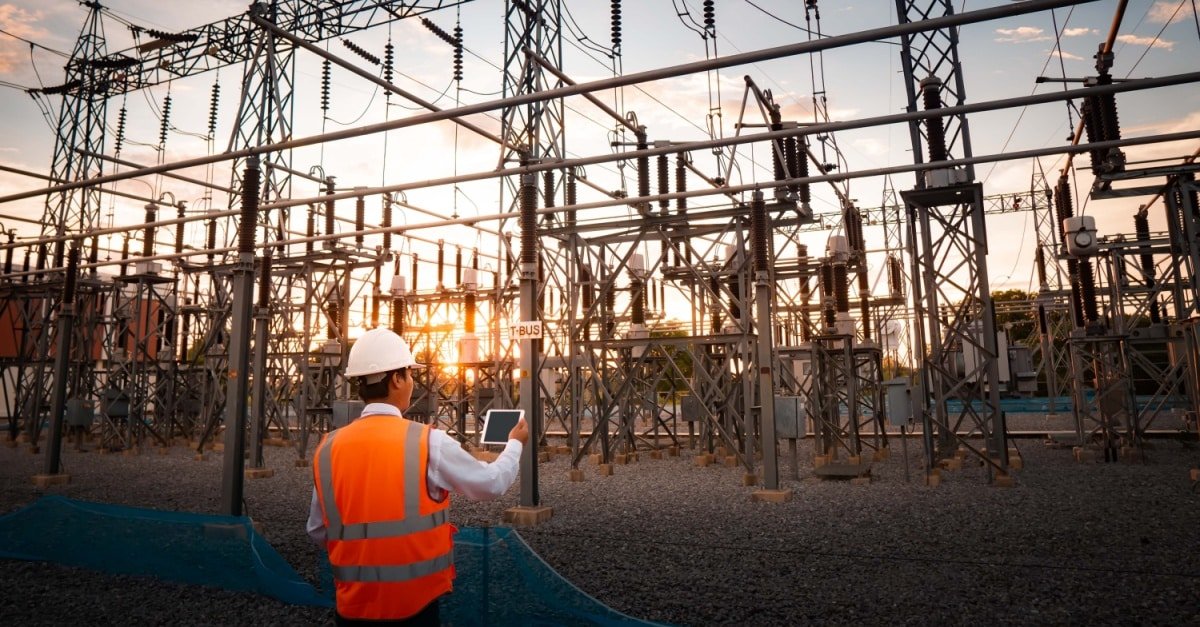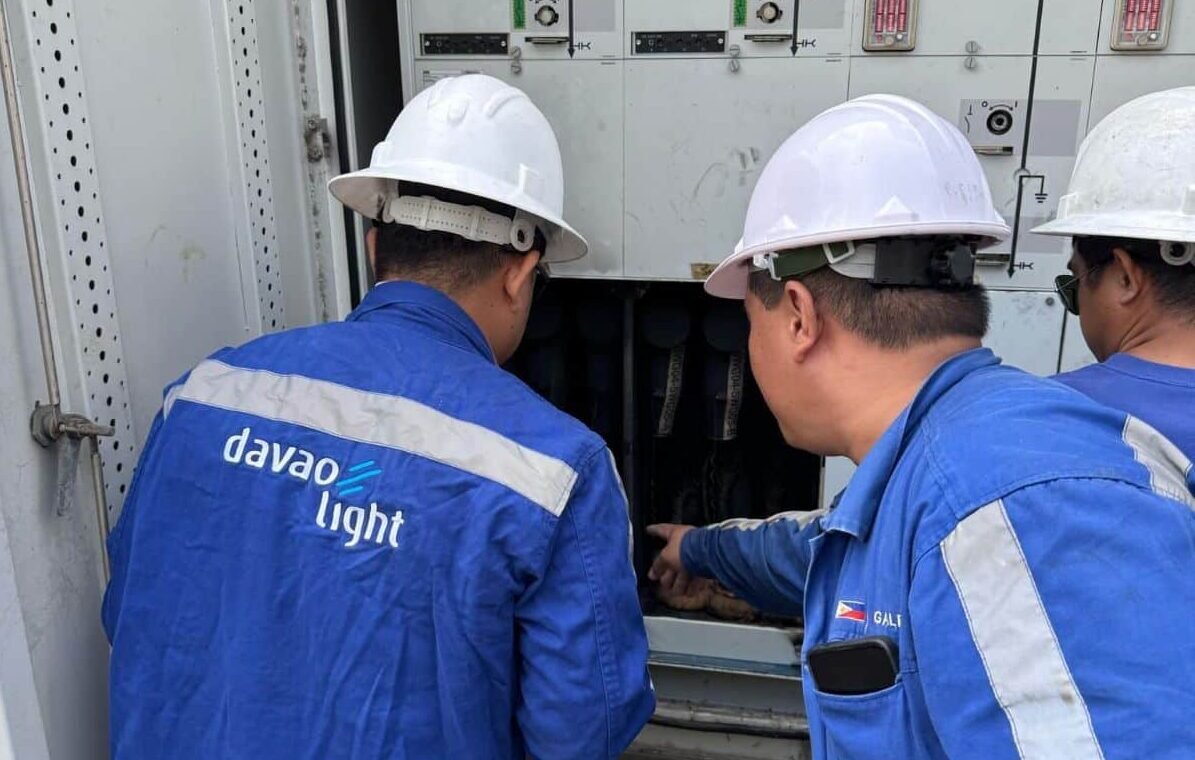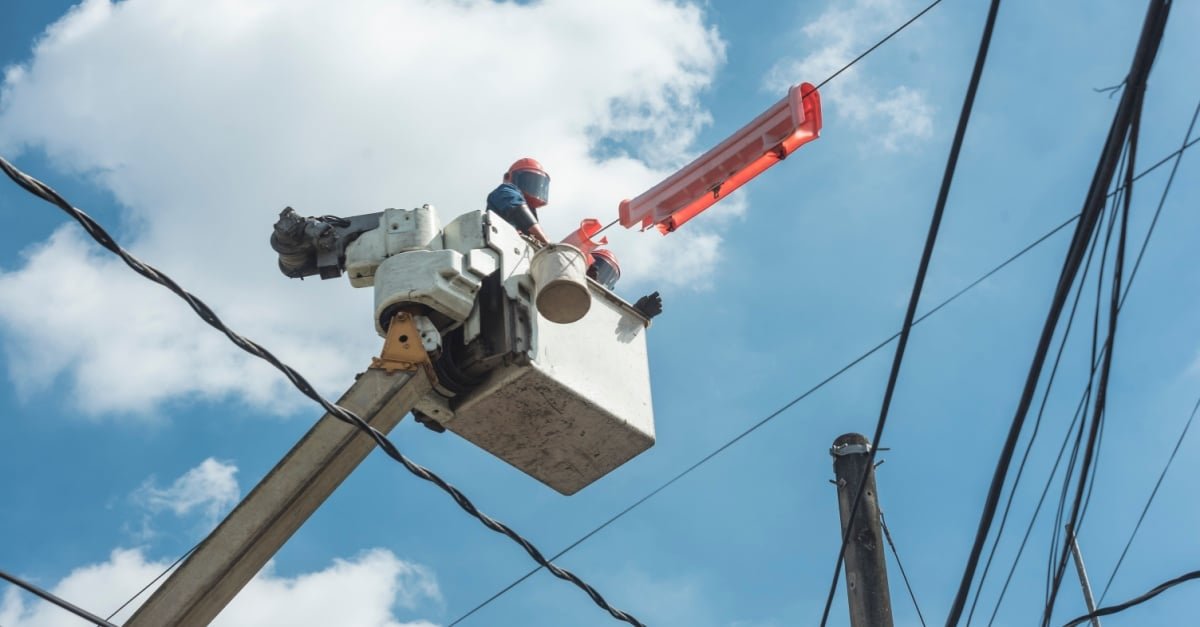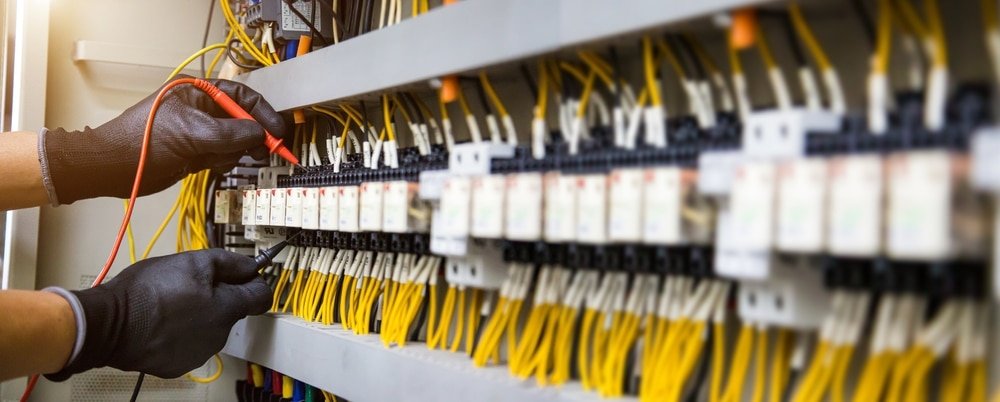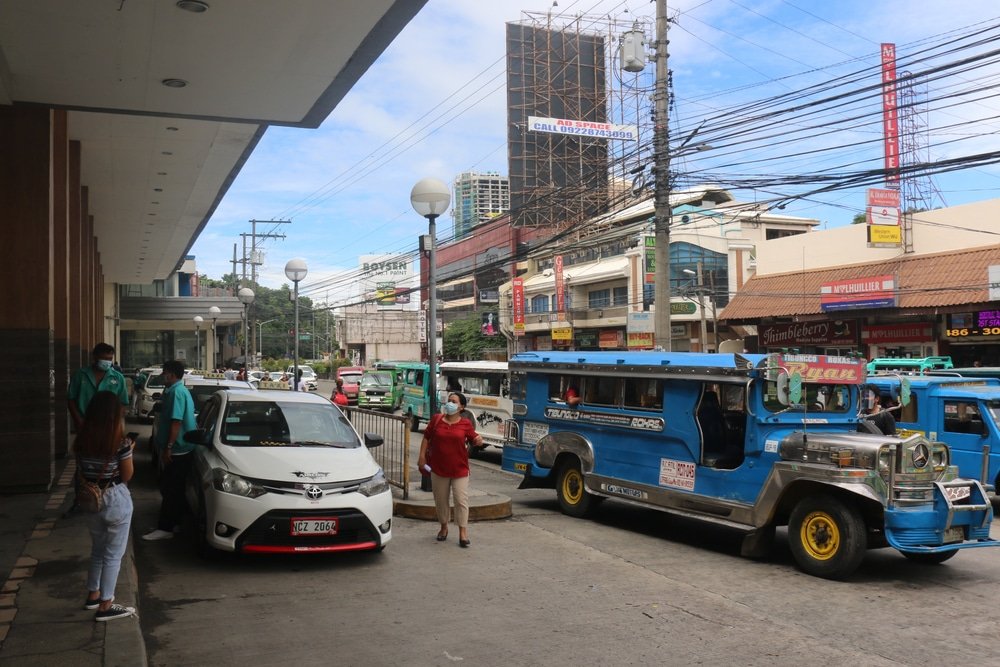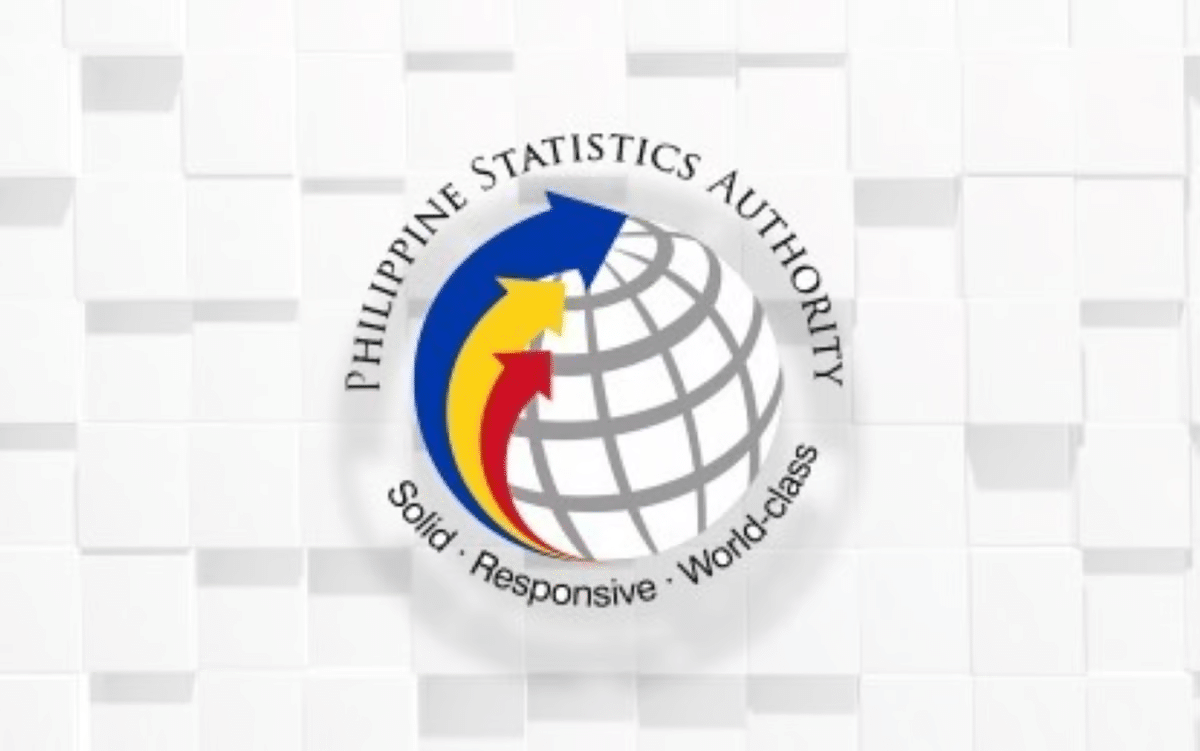
Mindanao, the Philippines’ second-largest island and a vital economic hub, is undergoing rapid growth. Over the last six years, Mindanao’s economy has grown at an impressive average rate of about 6.2%, notably higher than the national average of 4.66%. In 2024, three of its administrative regions—Northern Mindanao, the Davao Region, and Caraga—reported higher growth than the national level.
Just as fuel keeps an engine running smoothly, energy powers the economy. Without the right type and amount of energy, the economic engine stalls, struggles, and fails to perform at its full potential.
Mindanao’s existing power supply: Is it enough?
As of 2024, Mindanao’s power generation mix comprises approximately 69% non-renewable energy and 31% renewable energy. According to the 2024 Annual Report of the Independent Electricity Market Operator of the Philippines Inc. (IEMOP), coal makes up 65.31% of Mindanao’s generation mix, followed by hydro at 28.48%, and geothermal at 3.60%.
Last January 2025, average power supply in Mindanao rose by 8.7% to 3,775 megawatts (MW), while demand declined by 2.9% to 1,931 MW.
But according to Assistant Secretary Romeo Montenegro of the Mindanao Development Authority (MinDA), energy demand in Mindanao is growing at an annual rate of 5% to 7%, equivalent to an additional 100 megawatts needed each year.
“Our excess will be gone in four or five years’ time,” Montenegro said in a recent interview. “We need to have capacity already added between now and 2028, before 2030.”
Baseload energy: the backbone of a resilient power system
As the region’s economy continues to expand, ensuring energy stability is crucial to sustaining this progress. A critical component in this effort is baseload power.
Baseload power plants are facilities that provide a continuous and stable supply of electricity to meet the minimum demand on the grid at all times. Designed to operate efficiently over long periods, these plants are essential for both economic growth and regional energy security.
Spokesperson Cynthia Alabanza of the National Grid Corporation of the Philippines (NGCP) emphasized the importance of strengthening the country’s baseload power supply to maintain a stable and reliable transmission grid.
“From a grid management perspective, it’s really better to have baseload power or non-intermittent, non-variable sources,” Alabanza said.
Unlike renewable sources such as solar and wind, which depend on environmental conditions, baseload power plants run continuously and deliver a steady flow of electricity. Solar panels, for example, generate power only during sunny periods, while wind turbines require consistent wind to function.
“Although we encourage that because it’s clean energy, solar power, by nature, has a relatively low capacity factor. This is because there’s no solar energy at night and when it’s cloudy, (so) the output drops,” Alabanza added.
(Also read: Why Energy Storage Systems Are Vital to Renewable Energy)
An urgent need for new power producers
Joji Ilagan-Bian, chair of the Philippine Chamber of Commerce and Industry Committee on the Brunei Darussalam–Indonesia–Malaysia–Philippines East ASEAN Growth Area (BIMP-EAGA), stated that Mindanao’s business sector has submitted a resolution to President Ferdinand Marcos Jr., highlighting the urgent need to explore alternative power sources, citing a projected energy shortage within two to three years.
Bian emphasized that a reliable power supply is essential for economic growth and attracting investment. “Power is what makes the economy roll, and without that, the economy would be at a standstill,” she said, noting the sector’s openness to both public-private partnerships and foreign investment to address the looming energy challenge.
Mindanao Development Authority (MinDA) Secretary Leo Tereso Magno warned that the region could face a power shortage by 2027 or 2028 if no new power producers begin operations. “Studies show that by 2027-2028, if no new power producers enter Mindanao, we’ll either run short of supply or fail to attract major investors,” he said during the Habi at Kape media forum late last year.
Magno explained that a consistent flow of investments over the next two to three years would significantly increase demand, making energy availability a key concern. He emphasized that power supply is a top priority for the agency, as it is often the first issue potential investors inquire about.
“They will put their industry here, create projects — but if we don’t have enough power, how will we sustain them?” Magno added.
With power surpluses expected to diminish in the next four to five years, Mindanao must plan for future capacity increases to avoid a return to past energy instability.
(Also read: Mindanao Grid to Gain 232-MW Power Boost in 2025, Says DOE)
Steady power, stronger Mindanao
Mindanao’s geographical structure as an archipelago presents logistical hurdles in terms of electricity distribution, requiring more complex planning and investment in interconnection systems.
Despite these challenges, the region has shown resilience and determination. Efforts to improve energy infrastructure, such as the Mindanao-Visayas Interconnection, have already made a significant impact. This connection, completed in early 2024, is a milestone in the country’s energy history.
(Also read: Powering Progress: The Mindanao-Visayas Interconnection Project)
Yet, vast areas of Mindanao—particularly within the Bangsamoro Autonomous Region in Muslim Mindanao (BARMM)—still lack access to reliable electricity. Only 43.7% of BARMM households have access to reliable electricity, leaving over 300,000 households without power and limiting their opportunities for education, healthcare, and livelihood development. This energy gap reflects untapped growth potential in the region. Expanding electrification across underserved communities is not just a matter of equity—it is vital to unlocking Mindanao’s full economic promise.
Baseload power is a cornerstone of Mindanao’s energy stability and economic development. As the region’s industries grow, securing a reliable and consistent supply of electricity is essential not only to fuel the region’s current economic growth but also to extend the benefits of progress to underserved communities, achieving inclusive growth across Mindanao.
Sources:
https://youtu.be/L3dS-kM0L2o?si=UgPn9JwGppzA3CKZ&t=139
https://psa.gov.ph/statistics/grde/highlights
https://www.iemop.ph/news/wesm-price-hits-two-year-low-in-january-2025/
https://businessmirror.com.ph/2025/03/03/2025-demand-forecast-may-strain-power-grid/
https://www.philstar.com/business/2024/10/05/2390164/power-crisis-looms-without-balanced-energy-mix

